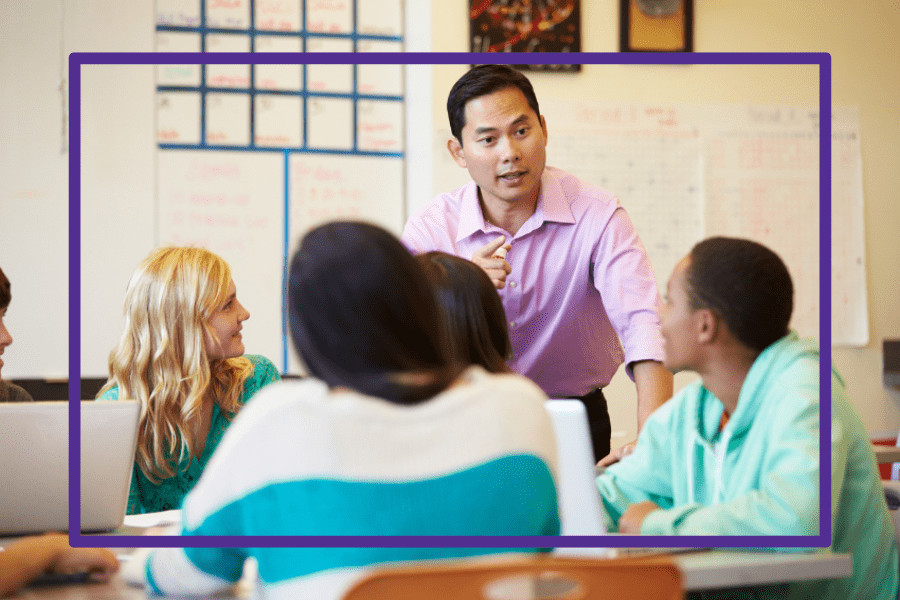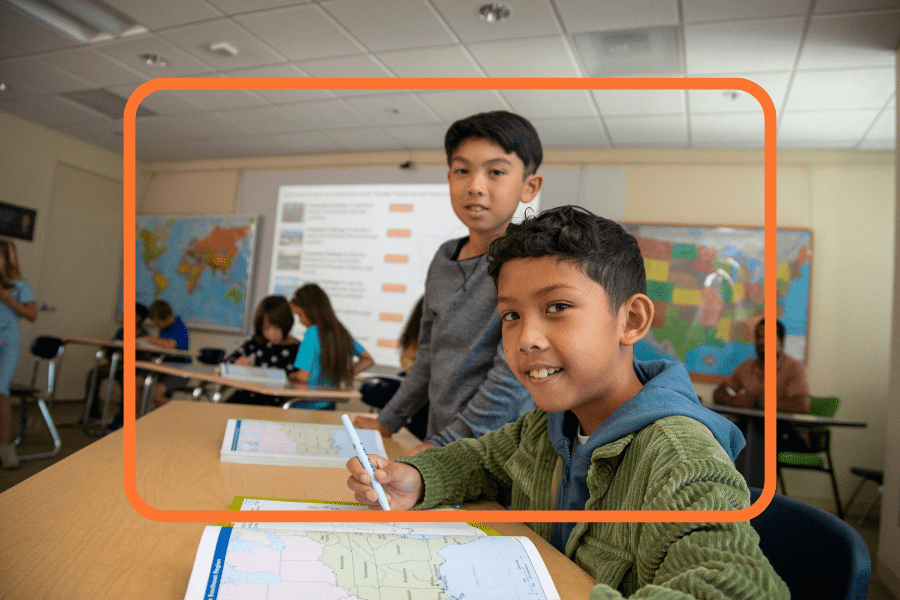
Active learning strategies have transformed K-12 classroom instruction, shifting away from passive lectures to interactive, student-centered learning experiences. But what exactly makes learning truly “active,” and why are educators embracing this approach?
Research shows that active learning increases student performance, reduces failure rates, and fosters deeper critical thinking. Two veteran educators share how active learning is transforming classrooms and preparing students for future success.
What Is Active Learning?
Active learning is an instructional approach that encourages students to engage with content actively—analyzing, questioning, and applying knowledge rather than passively receiving information. It includes techniques such as discussions, problem-solving, case studies, and hands-on activities that enhance student participation and comprehension.
Key Components of Active Learning:
- Student Engagement: Learners take an active role by questioning and discussing concepts.
- Collaboration: Group activities and peer discussions promote shared learning experiences.
- Application of Knowledge: Students connect new information to real-world situations and prior learning.
- Reflection and Adaptation: Learners continuously evaluate their understanding and adjust their learning strategies accordingly.
While active learning has gained momentum in recent decades, its roots trace back to John Dewey, who advocated for “learning by doing” and experiential education in the early 20th century.
In the 1980s and 1990s, research confirmed the effectiveness of active learning, leading to its integration into modern teaching methodologies across K-12 and higher education. By 2014, a large-scale study found that students in active learning environments scored 6 percent higher on exams and were 1.5 times less likely to fail than those in traditional lecture-based classes.
Understanding Active Learning in Modern Education
“Active learning is taking ownership of your learning,” explains Kati Hash, a high school social studies teacher. “It’s about asking questions, working with peers, and turning what you’re learning into something that is yours.”
Veteran educator Kathleen Geraghty contrasts active learning with traditional instruction: “A non-example is a teacher talking at the front while students passively complete worksheets. Instead, active learning means taking information and doing something with it—it’s about making learning meaningful.”
These real-world educator insights align with research showing that active learning fosters a deeper understanding, improves retention by up to 30%, and enhances critical thinking skills.
The Impact on Student Success
Active learning benefits students of all ability levels, reducing failure rates by 55 percent and improving test scores.
“Diversity in learning takes many forms,” says Geraghty. “Some students shine through creating presentations, while others excel in discussions or problem-solving. Active learning makes space for all of them.”
Hash highlights how strategic group work fosters learning: “When students collaborate, they learn from each other. Pairing struggling students with peers at their level—or slightly above—pushes them toward success.”
These observations align with research showing that active learning narrows achievement gaps for underrepresented students by 33 percent.
Measuring the Success of Active Learning
The effectiveness of active learning strategies is reflected in concrete academic outcomes. Hash’s master’s thesis research revealed a significant transformation in student performance: “Incomplete grades, which are generally 50s in my grade book—Fs and Ds—pretty much disappeared once we got into the last two quarters. The more things where the kids had to be responsible for researching and doing the learning, the better the grades got.”
Geraghty’s experience mirrors these results. In her district of 49 middle schools, her students achieved the third-highest test scores through active learning implementation.
“That’s a fact of life—active learning leads to higher test scores,” she states. “There are some kids that could have anybody in the front of the room and they would still do great, but that’s not all of them.”
Research reinforces these educator insights: students in active learning environments score 6 percent higher on exams and are 1.5 times less likely to fail than those in traditional lecture-based classes. Additionally, passive learning increases failure rates by 55 percent, further underscoring the impact of student engagement on academic success.
Long-Term Benefits of Active Learning
The impact of active learning extends beyond the classroom, equipping students with essential life skills.
“Collaboration doesn’t stop when you graduate,” says Hash. “In any workplace, you need to think critically, communicate effectively, and collaborate with others.”
Geraghty highlights how active learning builds confidence in tackling complex subjects: “I ask seventh graders to read and analyze the Declaration of Independence—something many adults struggle with. But because we break it down together, they thrive.”
These skills—critical thinking, teamwork, problem-solving, and adaptability—are increasingly sought after in today’s workforce.
Preparing Students for the Future
Beyond academic performance, active learning equips students with essential skills for lifelong success, making them more adaptable and prepared for future challenges.
Key Skills Developed Through Active Learning:
- Critical Thinking: Encourages students to analyze, evaluate, and apply knowledge in real-world situations.
- Collaboration: Enhances teamwork and communication skills, essential for both school and career success.
- Problem-solving: Helps students develop strategies to tackle complex issues independently and creatively.
- Adaptability: Prepares learners to adjust to new concepts, evolving challenges, and a rapidly changing workforce.
These skills are increasingly vital in today’s economy, where employers prioritize critical thinking, teamwork, and adaptability. Studies show that active learning builds confidence in tackling complex material, reinforcing its role in workforce readiness.
Why Active Learning Matters
Active learning represents a significant shift from traditional teaching methods, offering a more engaging and effective approach to education. As both educators demonstrate, when students take ownership of their learning through active engagement, the results are transformative.
From higher academic performance and reduced failure rates to improved critical thinking and problem-solving skills, research consistently supports the effectiveness of active learning. But its impact extends far beyond the classroom—active learning builds confidence and equips students with essential workforce-ready skills such as adaptability, collaboration, and analytical thinking.
Whether you’re an educator implementing active learning strategies or a school leader looking to improve student outcomes, the evidence is clear:
- Active learning fosters deeper understanding and engagement.
- Students in active learning classrooms are more likely to succeed.
- Employers seek the problem-solving and teamwork skills that active learning develops.
Active learning isn’t just about better grades—it’s about preparing students for real-world success in an increasingly complex world.
Want to bring active learning into your classroom? Now that you understand the benefits, explore practical ways to implement it with our next post: Active Learning Strategies: Simple Steps to Transform Your Classroom. Looking for even more strategies? Check out 10 Active Learning Strategies to Boost Student Engagement for actionable tips.


